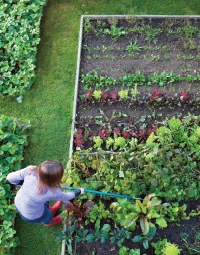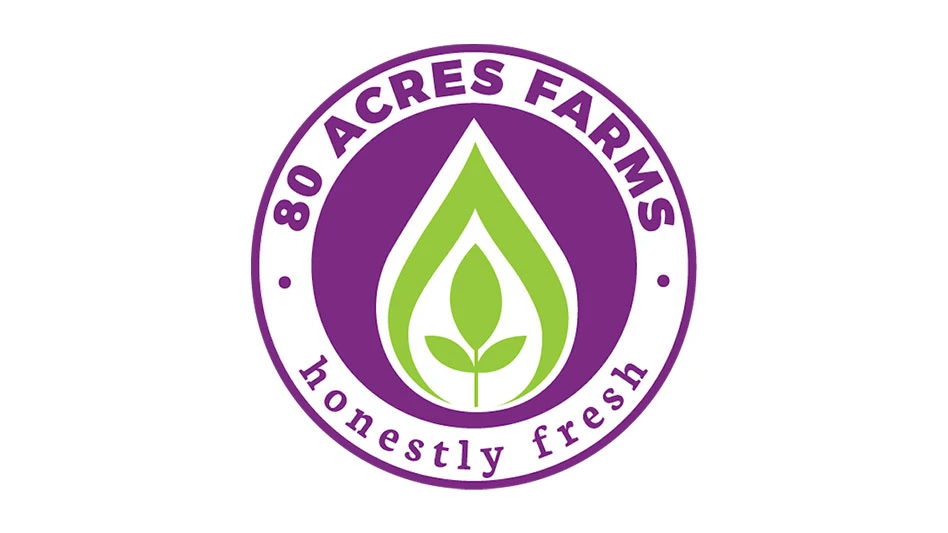
 While some would say the U.S. economy is due for a recession this year, Charlie Hall says the economic indicators point in a different direction. The Texas A&M University Ellison Chair holder and economist says, “There’s nothing holding us back from having a great 2015. We’re going into this spring season better off than we have or have been.”
While some would say the U.S. economy is due for a recession this year, Charlie Hall says the economic indicators point in a different direction. The Texas A&M University Ellison Chair holder and economist says, “There’s nothing holding us back from having a great 2015. We’re going into this spring season better off than we have or have been.”
In his Economic Outlook for the Green Industry in 2015 presentation, Hall notes low gas prices, a rise in the housing market and an increase in personal consumption as good signs. “We’re not knocking any homeruns out of the ballpark, but we’re consistently getting singles and doubles, so that’s roughly good news,” he says.
The indicators
Even though last year started out with a negative GDP, 2014 averaged out to be the best year since recovery from the Great Recession began.
And while there is still a 1.9-percent gap between the U.S. potential and the actual GDP, it’s shrinking. That’s based in large part on the personal spending of consumers. In the fourth quarter, those expenditures were 65 percent of the GDP.
Gross private domestic investment, such as new inventory or equipment, has been on an upswing since the recovery began, which is a good sign of growing business prospects.
When it comes to income, more and more people are joining or rejoining the workforce regardless of how long they’ve been out of work, dropping the unemployment rate to 5.7 percent. However, Hall warns, a lot of people who quit looking for work are going to re-enter the workforce now that conditions are improving, which will skew the unemployment numbers.
With more employed Americans and a drop in gasoline prices, consumer confidence is definitely on the rise. “Gas prices make people feel better or worse, depending how high or low they are,” Hall says. And with the Energy Information Administration predicting an average gas price of $2.33 in 2015, “We’re sitting pretty good in terms of confidence,” Hall says.
In fact, Americans are spending more today than they did prior to the recession. And beyond the increased consumer confidence, which means more spending, low gas prices could create huge savings for operations in terms of fuel and supply costs.
The housing market
The housing market is generally increasing, but we still haven’t returned to pre-recession start numbers. That could all change this year as excess housing stock is taken off the market.
“We had overbuilt the housing market so much, and the housing bubble, that we had that much supply of excess housing and that has been whittled away and so now we have less than three months of excess supply,” Hall says.
As U.S. household net worth increases, along with consumer confidence, people are feeling more comfortable making large purchases or investing in homes.
“It’s been a long time since we’ve seen that rate of increase in our net worth, so that’s good news, but we still owe a lot of money,” Hall says, citing the $1.2 trillion of student debt in the country.
Experts expect single-family starts to be roughly on par with 2014, with multi-family housing on the rise due to younger generations opting to rent for a longer time than their parents.
That actually bodes well for the coming years, and starts are expected to reach 1.5 million in 2018.
For existing homes, investments in remodeling, including landscaping, are expected to make a 7-percent increase this year, Hall cites from Joint Center for Housing Studies of Harvard University Leading Indicator of Remodeling Activity.
However, that number will vary depending on location.

The industry
Overall, the green industry is doing better than it was, but it’s still “a bit overleveraged,” Hall says.
The lawn and landscape sector in particular has seen a lot of mergers and acquisitions in recent years with smaller regional players trying to compete with national players. “There are still some companies out there that need to have a good spring,” Hall says.
The good news is that banks are starting to loosen up credit, particularly in the housing sector, and low fuel prices will mean lower distribution costs. That, along with increased consumer confidence and lower unemployment rates, puts the industry in the shape it’s been in years.
“There are a lot of forces at play but we’re poised,” Hall says. “There’s nothing that’s going to rear its ugly head that’s going to cause us to really shrink back and see our economy suffer.”
Kate Spirgen is the digital content editor for Lawn & Landscape Magazine.

Explore the April 2015 Issue
Check out more from this issue and find your next story to read.
Latest from Produce Grower
- Nufarm announces unified brand
- Peckham acquires Revolution Farms in Michigan
- Fresh Express expands Chopped Salad Kits line with three new flavors
- The Growth Industry Episode 3: Across the Pond with Neville Stein
- University of Evansville launches 'We Grow Aces!' to tackle food insecurity with anu, eko Solutions
- Lawsuit challenges new H-2 visa rules
- Q&A: Sandra Eskin Leads Food Safety Advocacy Organization, STOP, as CEO
- Find out what's in FMI's Power of Produce 2025 report







